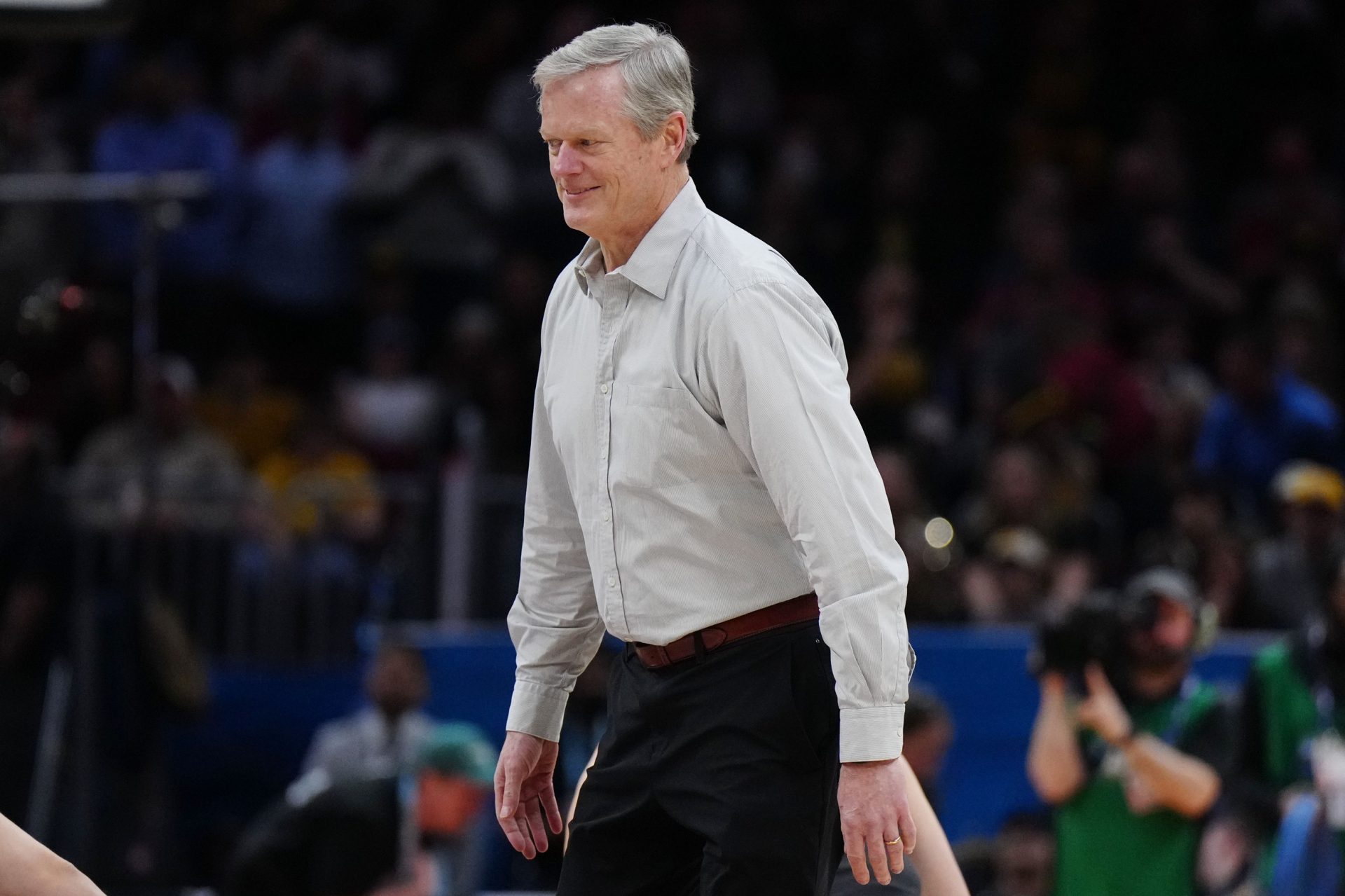NCAA President Charlie Baker has sparked criticism for backing a possible expansion of the NCAA men’s basketball tournament, raising questions about consistency in the organization’s stance. Since the field grew from 65 to 68 teams in 2011, the First Four round has determined the final entrants into the traditional 64-team bracket.
Baker now advocates for a further increase to 76 or even 96 teams, claiming it would give more “deserving” teams postseason access. He maintains that the current system unjustly excludes programs viewed as elite.
Tournament Expansion Talk by Charlie Baker Highlights Policy Contradictions
NCAA President Charlie Baker’s recent push to expand the NCAA men’s basketball tournament has stirred debate, not just about logistics and fairness, but also about internal inconsistencies within the organization’s leadership.
Baker has expressed a desire to increase the current 68-team field to either 72 or 76, with implementation as early as 2026.
“Our goal here is to try to sort of get to either yes or no sometime in the next few months,” Baker said, citing the logistical complexities that would follow such a decision. “If we were to go down this road, you just think about the opening weekends, who has to travel the longest, it gets complicated.”
However, his urgency appears to contradict recent remarks from Dan Gavitt, the NCAA’s senior vice president of basketball operations. Just weeks ago, Gavitt stated that a decision on tournament expansion was “unlikely to come soon” and stressed that,
“Expansion even at a modest level is complex — more complex, I think, than has been recognized and reported.”
He added that the process is expensive due to travel, game operations, and the distribution of performance-based revenue units. While he didn’t rule out eventual expansion, he painted a far slower timeline than Baker’s.
Analyst Andy Patton addressed the conflicting signals on his show “Locked on College Basketball,” noting that Baker and Gavitt’s statements represent “pretty competing ideologies.”
Patton acknowledged the feasibility of overcoming logistical hurdles but questioned the impact on the tournament’s quality.
“The play-in games will be sloppy and ugly,” he said, emphasizing the rushed turnaround time for participating teams.
Patton also highlighted that the primary advocates for expansion—power conference commissioners like Greg Sankey—aren’t pushing for inclusion of mid-major programs often left on the bubble.
“The people pushing for NCAA tournament expansion are not pushing for the teams that many college basketball fans would like to see,” Patton said, citing schools like UC Irvine, San Francisco, and Indiana State as consistent victims of the current selection structure.
He criticized last year’s results, pointing out that 14 of 16 SEC teams made the tournament, but six of them were seeded eighth or lower and collectively went 1–5 in the first round.
KEEP READING: 2025 Men’s College Basketball Transfer Portal Tracker
“Oklahoma went 6–12 in the conference and then got destroyed by UConn,” he added. “Do they realistically need to make it?”
These contrasting narratives from within the NCAA have only deepened skepticism about the true motivations behind expansion, and whether it serves competitive balance, or merely institutional power.
College Sports Network has you covered with the latest news, analysis, insights, and trending stories in college football, men’s college basketball, women’s college basketball, and college baseball!


